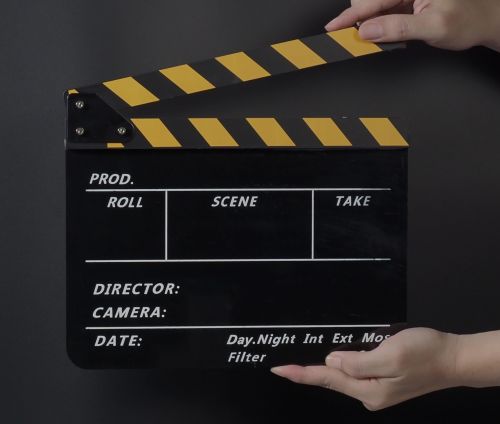The Power of Suspense, Conflict, and Tension
Your novel is made of up of a few dozen scenes, all interconnected, to drive the narrative forward. The narrative focuses on how the protagonist, or main character of your story, moves through life wanting something and will stop at nothing to get it—except—she must face an opposition, or an antagonist, that pushes her backward a few steps.
When the main character faces that opposition, or road block to getting what she truly desires, she must make decisions. Those decisions lead to what’s called a character arc.
Character arcs are why readers keep reading. It’s a subtle reminder of how the human spirit can push through the hard times. We come out of the ordeal scathed, bruised, and a bit withered, but like life, the main character [us too] picks herself up, readjusts her focus, adapts to the situation, and moves forward once again toward her goal.
Yes, this should happen in every scene. No one wants boring.
But before we dive into how to add conflict, suspense, and tension into your scenes, here’s a quick reminder of a scene’s components.

A scene is its own short story. It should contain an attention-grabbing beginning that sucks the reader in, a fiery middle, and an unresolved conclusion, or hook that makes the reader keep reading.
The beginning of a scene should shed some light on the protagonist and what they want to accomplish in this act. The middle is the area in which the main character faces her opposition and must decide how to deal with the added stress in her life. And the ending of the scene should leave the reader satisfied with what had occurred but adds a flare of intrigue to grab and keep the reader wanting to know what happens next. All of this is accomplished through suspense, tension, and conflict. And most importantly, this should all happen in one setting.
Develop a Point of View (POV)
Determine who is telling the story in this scene. While some novels have many POV’s, only one character’s perception matters in an individual scene.
Worldbuilding
Worldbuilding is just a fancy term for setting. Whether you’re writing science fiction or romance, when you set the scene, you’re building a world of imaginative proportions for your reader, be it a five-star modern restaurant or whimsical magical village.
Action, Reaction, & Reflection
Now that you’ve determined where the scene will take place, whose point of view is used in the scene, and what the main character’s goal is, it’s time to add the tension, conflict, and suspense.
Every scene is a progression of the main character’s developmental arc. Main characters should be in a constant state of action [conflict], reaction [highly emotional response to the conflict], and reflection [unresolved feelings about the conflict that just occurred]. The combination of the three results in suspense, which is an unresolved issue, setback, or failure. Unresolved issues, setbacks, and failure is what keeps the reader turning the page.
The main character’s emotions are the foundation for turning the page. And every scene should focus on unwrapping the core of the character. This is similar to peeling layers of an onion as you reach the intense, pungent center.
Writing Exercise
Look at your story. Is there a place that just feels off or wrong but you can’t put your finger on the problem? Try this revision technique: Take that drooping section and write it as its own scene. Forget about what you already know, the what’s before and the what’s after. Focus on the main character’s pursuit. Determine what she must have, then develop an opposing force [external conflict] that attempts to stop her from getting it. Utilize dialog to help the build the tension between the two characters. Then focus on her defeat. Narrate, or reflect on the main character’s emotional roller coaster ride to show the reader how devastated the main character feels, and end with a twist that lets the reader know—she ain’t done yet!
-RADolence

